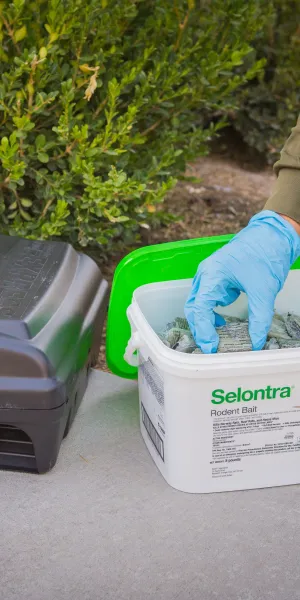The Best With Bugs
Over 10,000+ 4.8 Stars Reviews
Discover the difference of our pest control services, providing high-end solutions and superior customer satisfaction.

Eave Sweep
Barrier Spray
Barrier Spray
Granules
Granules
Mosquito Fog
Mosquito Fog
Crack & Crevice
Crack & Crevice
Yard Inspection
Yard Inspection
Pest Experts
Pest Experts
Say Goodbye to Pests With Our Top-Notch Services
Pests are a part of life, but they don't have to be a part that you simply surrender to. Keeping bugs and rodents out of your house is easy when you put your pest control needs in the hands of the experienced team at RIDD Pest Control! We proudly offer a great selection of premium services for ongoing pest problems as well as preventive treatments that are specifically designed to keep your issues at bay. We guarantee your satisfaction and stand by the work we do, ensuring that you can trust your issue to us with total and complete peace of mind.

Contact Us
Let RIDD Solve Your
Pest Problems
Enjoy Your Yard and Home Without Pests

Safe & Effective Pest Control by Professionals That Care
RIDD Pest Control believes that our service is the most important part of our business, and we take it seriously. Every one of our technicians regularly undergoes training to continue to hone and refine their skills, and likewise each has been chosen for their exceptional ability to offer a customer experience we are proud of.















